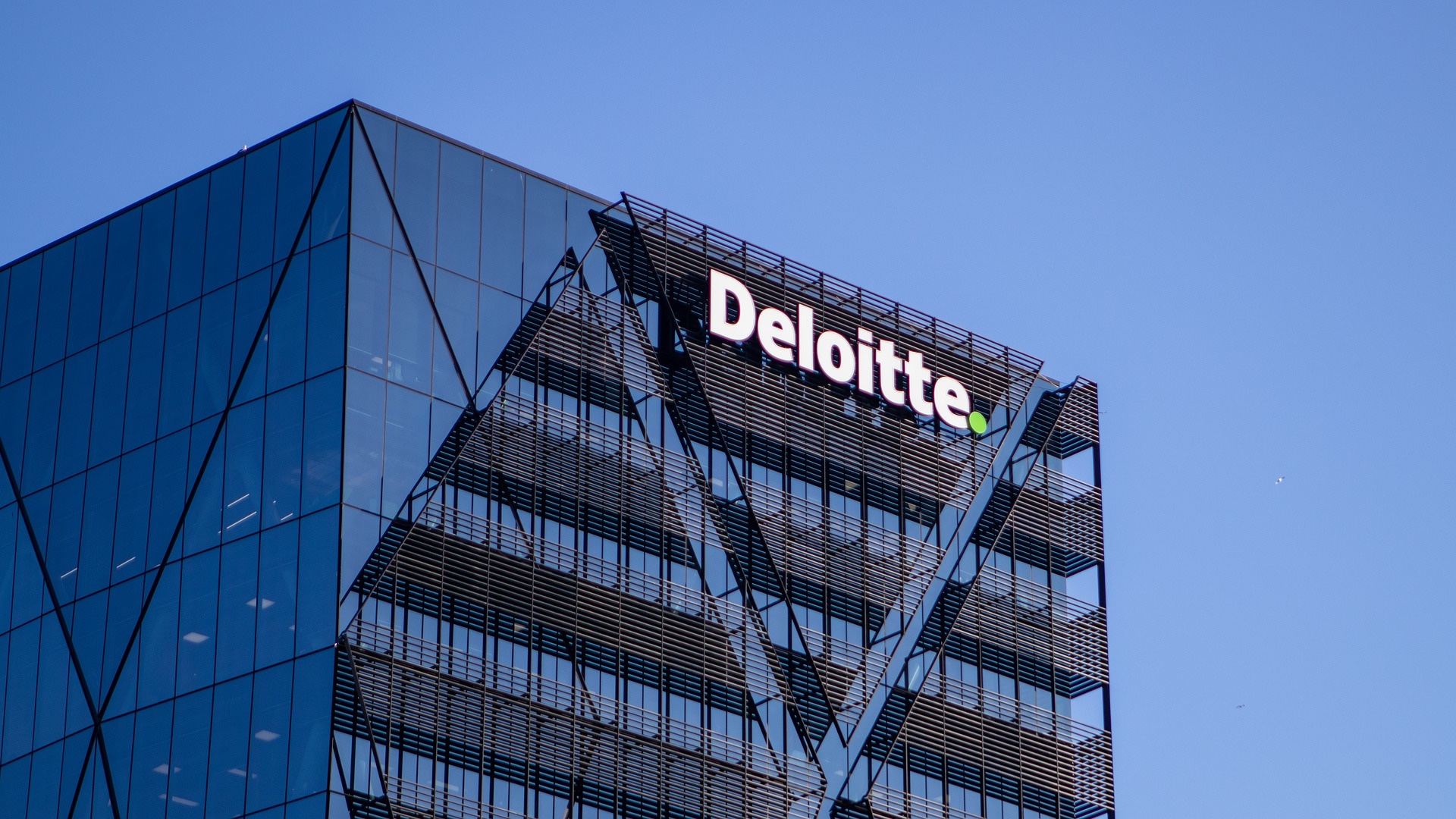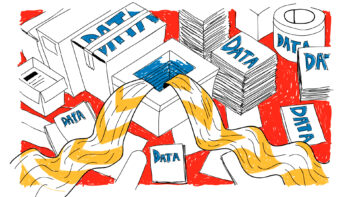Until a few years ago, cyber insurance was a niche product for technology companies or the financial sector. Today, it is at the top of almost every board’s priority list. Recent market analysis shows that demand for cyber policies is growing the fastest of all insurance products, overtaking even political risk or supply chain interruption insurance.
What is driving this surge? In short: geopolitics. The traditional hacker in a hoodie, operating from a basement for profit, has been replaced by state actors (so-called nation-state actors) and organised groups for whom cyber-attack is a tool of hybrid warfare. Conflicts in Ukraine or the Middle East have rapidly moved into cyberspace, with critical infrastructure and – indirectly – every company plugged into the global network becoming targets.
This is why the traditional insurance model, based on a simple ‘you pay the premium and you get compensation after a break-in’ scheme, is becoming insufficient. In an era of tight budgets, companies expect tangible value in the here and now. Cyber policy is no longer a financial cushion of security; it must become an active partner in building digital resilience.
Before the incident: the insurer as a prevention partner
The greatest value for business today is avoiding damage, not repairing it. That is why companies rightly expect a cyber policy to be more than just a promise to pay out money. The modern insurer must offer tangible value before an incident occurs. This means a fundamental change in the relationship: a shift from passive financial protection to an active partnership in prevention.
In this new model, the insurer becomes a provider of services that strengthen the defence. Instead of merely assessing risks, it actively helps to reduce them. Advanced offerings should provide customers with access to real-time threat monitoring platforms (threat intelligence). It is like having your own intelligence that alerts you to new types of attacks targeting your industry.
Moreover, this support should include assistance with regular vulnerability assessments of systems. By providing audit tools or facilitating access to penetration testing, the insurer helps the customer to identify and patch vulnerabilities before an attacker exploits them. It is also important not to forget the weakest link, which is still the human being. Therefore, a valuable policy should support employee awareness building by offering, for example, access to training platforms on phishing and basic digital hygiene.
After the incident: speed of response instead of waiting for a transfer
When the worst happens, however, the amount of compensation is only one piece of the puzzle. In the event of a ransomware attack or operational paralysis, every hour counts. Traditional policies have often focused on the slow process of reimbursement. Modern cyber insurance must guarantee an immediate and effective response (Incident Response).
The business expects the insurer to provide turnkey access to an integrated emergency response team as part of the premium. This is a key change. Instead of seeking several different companies in a panic, a manager makes one phone call. In response, he or she receives comprehensive support. This should include IT specialists (forensics) who will immediately start analysing the attack, isolate the threat and start the recovery process.
Legal support is equally important. Experts specialising in RODO and data breaches will help in dealing with regulators such as the DPA, minimising the risk of severe penalties. In the case of ransomware attacks, professional negotiators with experience in dealing with criminal groups become invaluable. The whole is completed by PR experts who take over image crisis management and communication with customers and the market. The value of a policy today is measured not by how much money a company receives after a month, but by how much faster it was able to resume operations. It is faster recovery that is the new key indicator of value.
Transparency first: no more small print
Liability exclusions are becoming the biggest concern for business in the context of rising geopolitical tensions. Many traditional policies contain an act-of-war clause that, in theory, exempts the insurer from liability. This is a provision that, in today’s reality, becomes a gigantic risk for the insured.
The question is: is a state-sponsored hacking attack on energy infrastructure that paralyses our business an act of war? The answer to this question must not be vague and left to interpretation after the damage is done.
Business must demand full transparency from insurers on policy coverage. Unclear provisions are a risk of buying insurance that won’t work precisely when you need it most – that is, in the face of the biggest, systemic threats. An honest and modern insurer must clearly define in the documents what is covered and what is excluded in the context of state or hybrid cyber operations.
Policy as an ecosystem of resilience
Digital risk has evolved. It has ceased to be an IT problem and has become a key operational, reputational and strategic risk. In response to this, cyber policy must also evolve.
Smart cyber insurance buying today is not about finding the cheapest deal to cover potential financial losses. It is about choosing a partner that delivers an integrated ecosystem for building resilience. It’s an ecosystem that brings together cyber experts, legal experts, threat analysts and crisis management specialists.
Spending on a cyber policy should be seen not as a cost, but as an investment in business continuity. Companies that understand this and demand more than just indemnity from their insurers will be best prepared to survive in an era of digital instability.












